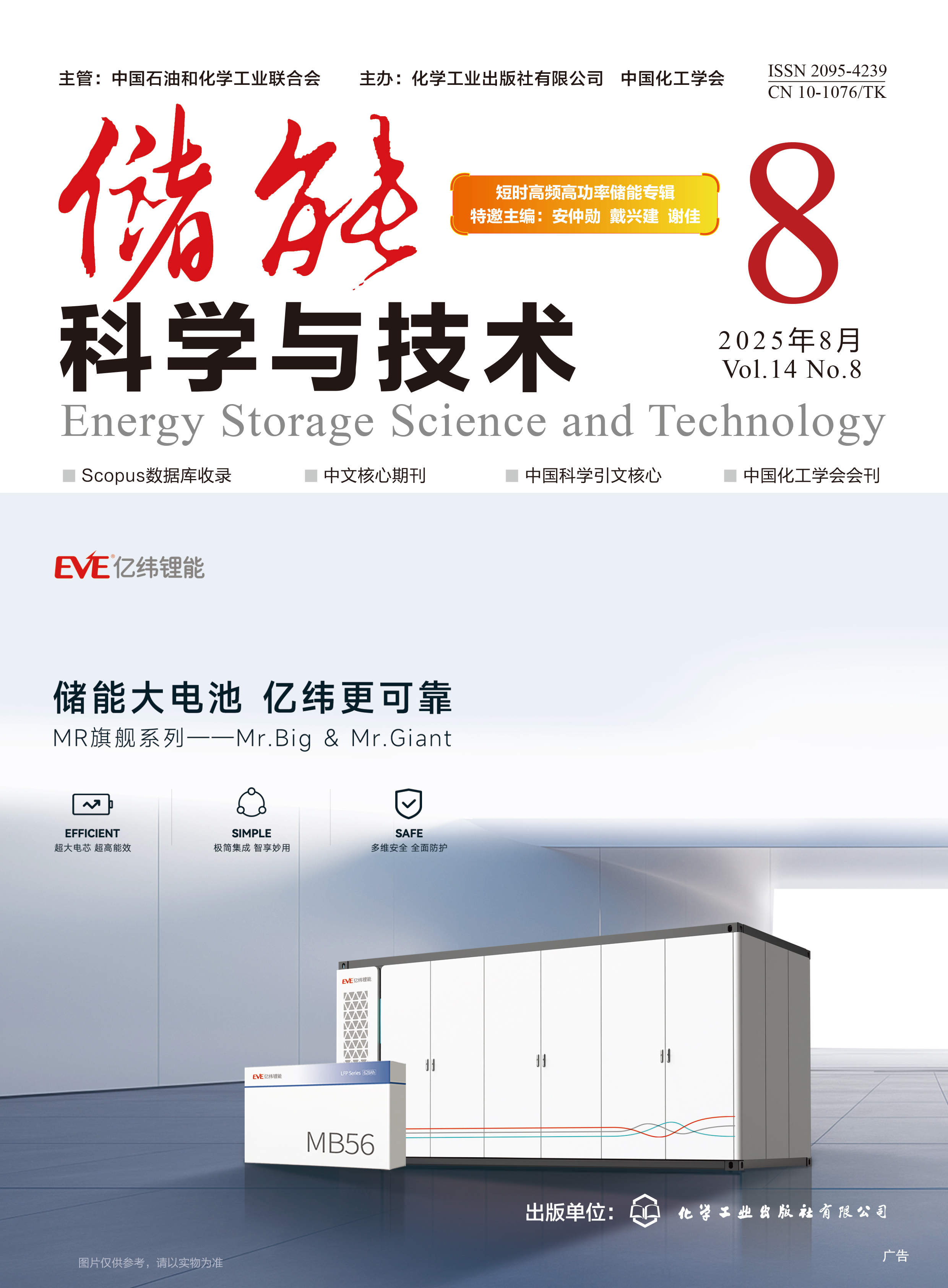Vanadium nitride (VN) is considered an ideal electrode material for supercapacitors due to its extremely high theoretical specific capacity, good electronic conductivity, and wide operating voltage window. However, VN materials obtained through existing preparation methods often exhibit a small specific surface area, dense surface structure, and poor electrochemical activity, resulting in low actual specific capacity, poor rate performance, and short cycle life. This article summarizes the energy storage mechanisms and preparation methods of VN based on recent literature. In addition, the effects of surface composition, structure, and morphology on the specific capacity, rate performance, and cycling stability of VN are discussed. Strategies for improving the electrochemical performance of VN are presented, with a focus on constructing nano-microstructures and nanocomposites. Approaches such as fabricating nanocrystals, nanobelts, nanofibers, and nanorods are introduced to enhance specific capacity and rate performance. The construction of nanocomposites, including VN/porous carbon, VN@carbon, VN/carbon nanotubes, VN/graphene, and VN/other transition metal nitrides, is described as a means to improve the conductivity and overall performance of VN. Moreover, the impact mechanisms of these nano-microstructures and nanocomposites on specific capacity, rate performance, and cycling stability are analyzed. Existing challenges in current enhancement strategies are also discussed. Finally, future research directions and development trends for VN-based electrode materials are proposed.

